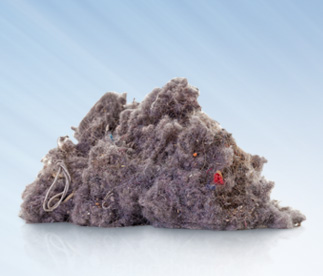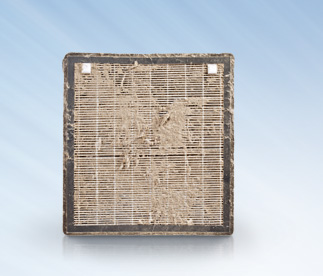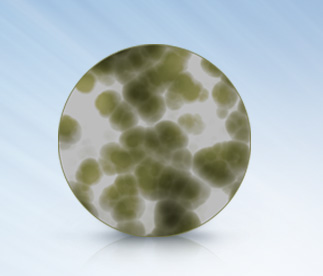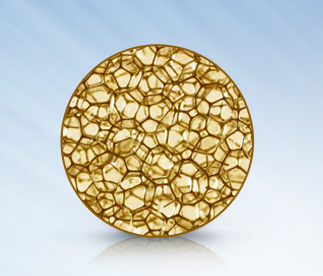Did you know:
- The air inside your home or office may be 2 to 5 times more polluted than the air outdoors.1
- The Environmental Protection Agency (EPA) ranks indoor air pollution among the top 5 environmental risks to public health.2
2"Actions to Improve IAQ." United States Environmental Protection Agency. Last modified April 5, 2012. http://www.epa.gov/iaq/schools/actions_to_improve_iaq.html.

Floating Dust
- One ounce of dust contains nearly 42,000 living dust mites.
- Each mite is expelling 20 fecal pellets every day into the air you breathe.

Upholstery
- Dust particles on upholstered furniture can contain textile fibers, decomposing insect parts, pet dander and the flakes of human skin - all of which are released into the air anytime anyone sits down.*

Carpet
- Carpet can hold 8 times its weight in dirt, pesticides and other toxins (such as automotive fluids from parking lots and lawn pesticides) brought in on shoes and even bare feet. When dry, these toxins become undetectable airborne particles.

Wood Floors
- Engineered wood flooring often uses adhesives containing formaldehyde which eventually becomes airborne chemical vapors.*

Furniture
- Formaldehyde is found in furniture, particleboard, plywood, and many other products. As it deteriorates, formaldehyde gives off vapors that can cause sensitization and irritation of the eyes and respiratory system, even at low levels.*

Cigarette Smoke and General Household Odors
- Both women and men exposed to heavy indoor smoke are 2-3 times more likely to develop chronic obstructive pulmonary disease.*

Pet Dander
- 100% of U.S. households have detectable levels of dog and cat dander.*
- Short-haired or hairless animals contribute dander and allergens to indoor air pollution just as effectively as longhaired animals do. There is no such thing as a non-allergenic dog or cat.**
**American Lung Association

Air Vent
- Central air handling systems can become breeding grounds for mold, mildew, and other sources of germs such as viruses and bacteria, which can then distribute these contaminants throughout a home or office.*

Office Divider Walls
- Divider walls can become magnets for allergens such as dust and pollen.
- Divider walls are the closest to your breathing space while you work and hold some of the most inhaled indoor pollutants.

Office Chemicals (toner, inks, etc.)
- Odors from felt markers, inks, glues, correction fluid, toner from copiers and other office chemicals can emit vapors.

Upholstery
- Dust particles on upholstered furniture can contain textile fibers, decomposing insect parts, pet dander and the flakes of human skin - all of which are released into the air anytime anyone sits down.*

Furniture
- Formaldehyde is found in furniture, particleboard, plywood, and many other products. As it deteriorates, formaldehyde gives off vapors that can cause sensitization and irritation of the eyes and respiratory system, even at low levels.*

Carpet
- Carpet can hold 8 times its weight in dirt, pesticides and other toxins (such as automotive fluids from parking lots and lawn pesticides) brought in on shoes and even bare feet. When dry, these toxins become undetectable airborne particles.

Wood Floors
- Engineered wood flooring often uses adhesives containing formaldehyde which eventually becomes airborne chemical vapors.*

Floating Dust
- One ounce of dust contains nearly 42,000 living dust mites.
- Each mite is expelling 20 fecal pellets every day into the air you breathe.
Click a tab to learn more about the airborne
pollutants in your home and office
Click On a Red Circle to Learn More
About Airborne Office Pollutants
Click On a Red Circle to Learn More
About Airborne Home Pollutants